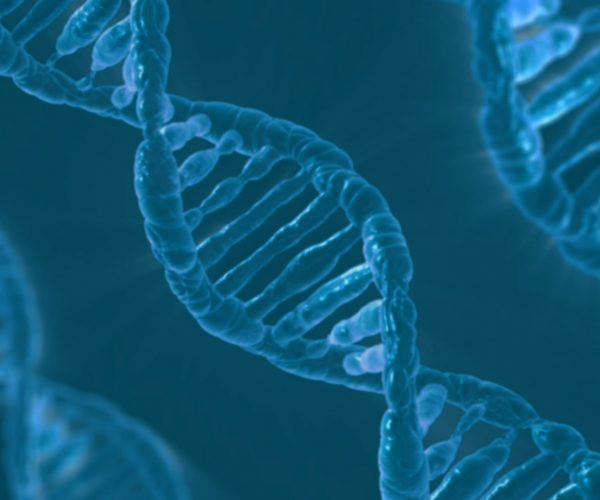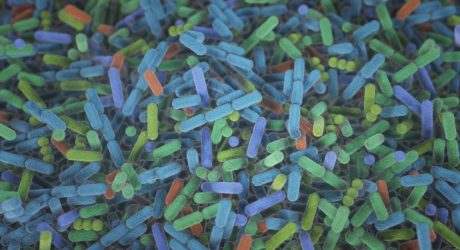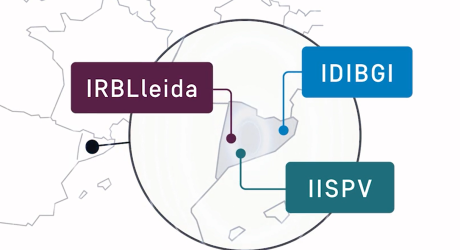Deficiencies in FLRT proteins, possible key to understanding schizophrenia and autism
Research by the UdL and IRBLleida describes how they are necessary for the formation and migration of interneurons
Defects in the formation and migration of interneurons or inhibitory neurons in the cerebral cortex, related to disorders such as schizophrenia or autism spectrum syndromes, could be caused by the loss of function of some proteins of the FLRT (Fibronectin and Leucine Rich Transmembrane proteins) family. This is described in a study by the Molecular and Developmental Neurobiology group at the University of Lleida (UdL) and the Institute for Research in Biomedicine of Lleida (IRBLleida), recently published in The Journal of Neuroscience. Researchers from the Max Planck Institute for Neurobiology (Germany) have also participated in the study.
The migration of neurons is a hallmark of the development of the nervous system that allows them to come together from different origins to assemble functional neural circuits. There are two main types of neurons, excitatory neurons and interneurons. The latter, although much less abundant, play a fundamental role in modulating and controlling the activity of the former. Inhibitory interneurons in the cerebral cortex arise in the ventral telencephalon and migrate tangentially in three transient streams to the cortex before reaching the final laminar destination. Migratory defects lead to disruption of inhibitory circuits and neuronal hyperexcitability, and are linked to aspects of psychiatric disorders such as autism and schizophrenia.
“The more we know about how interneurons develop and function, what the molecular mechanisms involved in the formation and maintenance of this circuit are, the more we will be able to repair them in pathological situations,” explains Joaquim Egea, lecturer at the UdL and head of the Molecular and Developmental Neurobiology group.
The researchers have worked with genetically modified mice and have shown that mice with a loss of function of the FLRT2 and FLRT3 proteins showed an abnormal distribution of interneurons in the cerebral cortex during development that affected the arrangement of some of them in the adult brain. The same happens when receptors for FLRT proteins called Unc5B and Unc5D are affected.
“We propose that FLRTs act through Unc5 receptors to control the distribution of cortical interneurons in a mechanism involving cellular repulsion,” the paper concludes. These results extend the multifunctional role of these proteins during the development of the nervous system and will advance research on psychiatric disorders. “In the future, it would be interesting to study the association of gene variants of FLRTs with these diseases,” adds Egea.
This research has been made possible thanks to grants from the Spanish Ministry of Science and Innovation (BFU2010-1805, BFU2013-48563-P, PGC2018-101910-B-I00, BES-2014-067618), contributions from projects FP7-PEOPLE-2011-CIG, PCIG9-GA-2011-293980 and the Max-Planck Society and the Jade Plus fellowship program 2011-2014.
Research article: Fleitas C, Marfull-Oromí P, Chauhan D, Del Toro D, Peguera B, Zammou B, Rocandio D, Klein R, Espinet C, Egea J. FLRT2 and FLRT3 cooperate in maintaining the tangential migratory streams of cortical interneurons during development. J Neurosci. 2021 Jul 23:JN-RM-0380-20. doi: 10.1523/JNEUROSCI.0380-20.2021. Epub ahead of print. PMID: 34301831.




